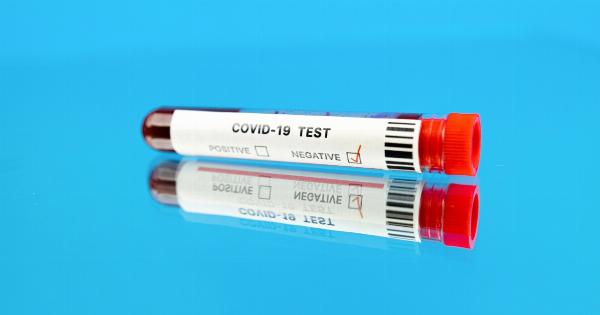Medical diagnosis plays a crucial role in determining the course of treatment for individuals. However, the presence of sexual inequality in the medical field has been a longstanding issue that affects patients of all genders.
This article explores the consequences of sexual inequality in medical diagnosis and sheds light on the steps that need to be taken to address these disparities.
Historical Context of Sexual Inequality in Medical Diagnosis
The roots of sexual inequality in medical diagnosis can be traced back to historic gender biases in society.
For centuries, patriarchal norms have dominated the medical field, resulting in significant disparities in the diagnosis and treatment of diseases and conditions as per gender. Women, in particular, have faced significant challenges when it comes to receiving accurate and timely diagnoses.
The Gender Bias in Medical Research
One of the main factors contributing to sexual inequality in medical diagnosis is the historical gender bias in medical research.
Clinical trials and studies have traditionally excluded or underrepresented women, leading to a lack of understanding about the unique ways in which diseases may manifest in women’s bodies. As a result, women may experience delayed or misdiagnoses, leading to compromised health outcomes.
Invisible Symptoms and Ignored Concerns
Another aspect of sexual inequality in medical diagnosis is the dismissal or downplaying of symptoms and concerns expressed by women.
Conditions that primarily affect women, such as endometriosis or pelvic inflammatory disease, are often underdiagnosed or misdiagnosed due to a lack of awareness or understanding among healthcare professionals. This systemic disregard for women’s health concerns perpetuates the cycle of sexual inequality in medical diagnosis.
Implicit Bias in Healthcare Practices
Implicit biases are subconscious attitudes or stereotypes that can influence decision-making in various contexts, including healthcare. Healthcare providers may unknowingly hold biases that impact their diagnostic approach.
Studies have shown that these biases can affect the quality of care received by patients. For example, women may be less likely to be taken seriously or receive necessary tests compared to men experiencing similar symptoms.
The Role of Cultural Factors
Cultural factors also contribute to sexual inequality in medical diagnosis.
Societal expectations and gender roles influence the ways in which individuals perceive and express their symptoms, as well as how healthcare providers interpret and respond to them. Stigma, discrimination, and lack of access to healthcare further compound the challenges faced by marginalized communities, including those within the LGBTQ+ community.
Addressing Sexual Inequality in Medical Diagnosis
Recognizing and addressing sexual inequality in medical diagnosis is crucial for improving overall healthcare outcomes and patient experiences. Here are some steps that can be taken to mitigate these disparities:.
1. Diverse Representation in Medical Research
Encouraging greater diversity in medical research, particularly in clinical trials, is essential for understanding and addressing gender-specific manifestations of diseases.
Including individuals from all genders in research studies ensures that diagnostic tools and treatment protocols are developed with a more comprehensive understanding of the diverse population.
2. Education and Awareness
Improving healthcare professionals’ knowledge and awareness of sexual inequality in medical diagnosis is vital for combating these disparities.
Providing gender-sensitive training and education can help reduce implicit biases and improve healthcare providers’ ability to recognize and respond to diverse presentations of diseases in patients of all ages and genders.
3. Increased Dissemination of Information
Making accurate and accessible information about symptoms, health concerns, and treatment options readily available to patients can empower individuals to advocate for their own healthcare.
Increased dissemination of such information through various mediums can help bridge the gap between patients and healthcare providers, facilitating better diagnosis and care.
4. Advocacy for Women’s Health
Advocacy groups and organizations play a critical role in raising awareness about sexual inequality in medical diagnosis and pushing for systemic changes.
By actively addressing gender biases and advocating for women’s health, these groups can help reshape medical practices and policies to better serve all patients.
Conclusion
Sexual inequality in medical diagnosis continues to be a significant issue, affecting patients across genders.
By recognizing and addressing the underlying causes of disparities, such as gender bias, implicit biases, and cultural factors, we can work towards a healthcare system that provides equitable and comprehensive medical care for all individuals, regardless of their gender or sexuality.































